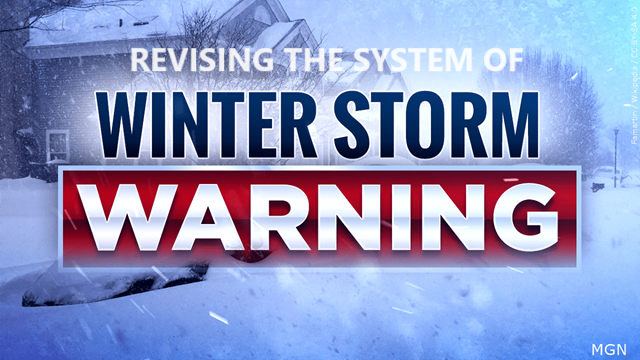THE BRIGHT SIDE
The Lagoon needs major renovation.
The finger piers and boat slips have been in the lagoon for over fifty years with only minor repairs. It’s surprising the piers are still there at all. The lagoon is a small area with a lot going on it. The Lake Geneva Harbor Master is recommending some big changes. The piers are to the point of being unusable and unsafe. The RFP for the removal and possible installation of new piers is drafted and needs to be reviewed and advertised. The goal is to get bids from pier companies; however, the struggle is finding companies that want to take on the lagoon challenge. Removal of piers is necessary but what happens after that is unknown. The city owns the finger piers on the south side of the lagoon and the ones on the north side are owned by the towers which rent some to the boat rental company. Once the piers are removed dredging needs to be done. A few seasons ago diver-assisted suction was done at a cost of about $13,000. This was sufficient for the moment, but dredging is the ultimate need but also comes at a much higher cost, approximately $300,000.
The installation of new piers has a lot of options. Should the same number of piers go back in? Should floating piers be installed? The harbor master reached an unbiased marine engineering firm to get an expert opinion on what should be done in the lagoon. The committee and harbor master are excited to hear back from the engineering firm as the lagoon has been an ongoing issue and the city is at a loss on what to do with it. The cost of fixing it always seems to be huge compared to the revenue generated from the slips, which is minimal.
The National Weather Service (NWS) has revamped the criteria for Winter Storm Warnings across the country.
The criteria for watches and warnings abide by thresholds of snowfall amounts. This means that a certain amount of snow would have to be forecast to fall in an area before a Winter Storm Watch or Warning is issued. Previously, the criteria used for issuing those watches and warnings were established by each of the 122 NWS offices for their respective jurisdictions. Those jurisdictions typically cover between 10 and 20 counties. Under the new criteria, all local NWS offices will follow thresholds assigned to them by the main NWS office.
The goal of establishing the new criteria is to increase consistency among neighboring offices and better align snowfall watch/warning criteria for the climatology of the region. Winter storm watches are issued when conditions are favorable for hazardous winter weather conditions to develop. A winter storm warning is issued when heavy snow, significant freezing rain, or heavy sleet is expected to occur. Effective immediately, each NWS forecast office is expected to implement the new winter storm watch and warning criteria across its county warning area. In the past, the weather service issued winter storm warnings based on how much snow was expected in those time frames. Now, the criteria will consider how much snow the area typically gets and the impacts that would result.






